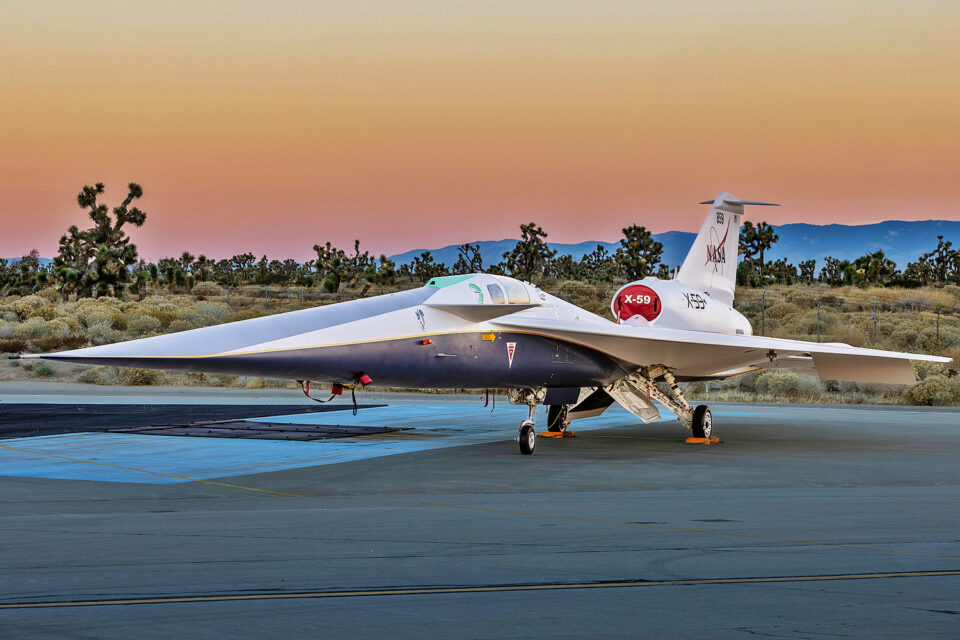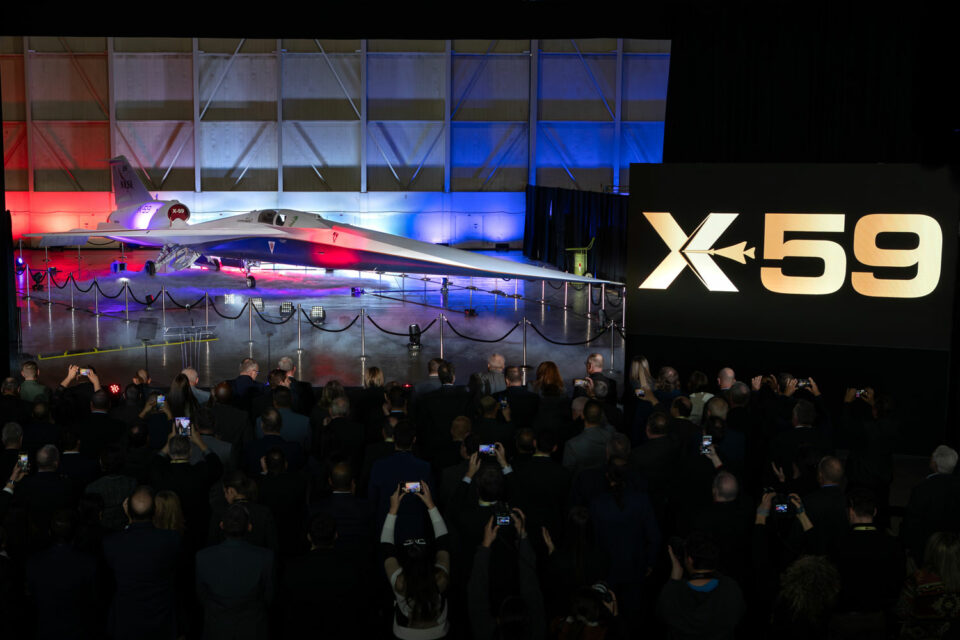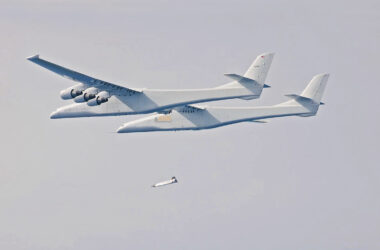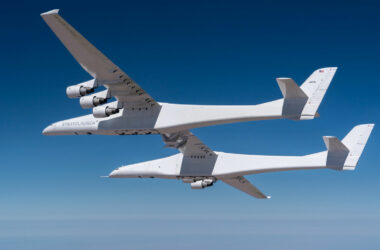NASA’s Quesst mission has begun testing the engine that will power the X-59, an experimental aircraft designed for silent supersonic flight.
The fire-up test began on October 30 and aims to validate the integration of the aircraft’s systems when powered by the engine itself.
Until now, the X-59 has relied on external power sources. These tests lay the groundwork for the next step on the path to the experimental aircraft’s maiden flight.
Follow Air Data News: WhatsApp | Google News | Instagram | LinkedIn | Twitter | Facebook
In the first stage of testing, the engine was fired at low RPM, without ignition, allowing the team to assess for leaks and ensure that all systems are communicating properly.

The X-59 was then fueled and tested at reduced power to verify engine functionality and the integrity of other systems without anomalies or leaks.
In the next phases of testing, the X-59 will undergo tests with the engine at high power, including rapid changes in throttle, simulating real flight conditions. The team will then focus on “aluminum bird” tests, where data will be input to the aircraft to simulate both normal and fault conditions.
These tests will be followed by taxi tests, which involve moving the aircraft on the ground. Once these steps are complete, the X-59 will be ready for takeoff. The X-59 is expected to make its first flight in early 2025.
Supersonic technology soft sonic boom
The X-59 is the centerpiece of the Quest mission, which seeks to eliminate one of the main barriers to supersonic flight over land – the excessive noise caused by sonic booms.

This innovative aircraft was designed to generate a softer “boom,” transforming the loud supersonic noise into a soft “thump” and allowing supersonic flight without disturbing people on the ground.
Powered by a modified F414-GE-100 engine, the X-59 will be able to reach a cruising speed of Mach 1.4, approximately 900 mph, at an altitude of about 55,000 feet.
Interestingly, the engine is positioned at the top of the aircraft, an engineering decision intended to minimize the noise impact.






